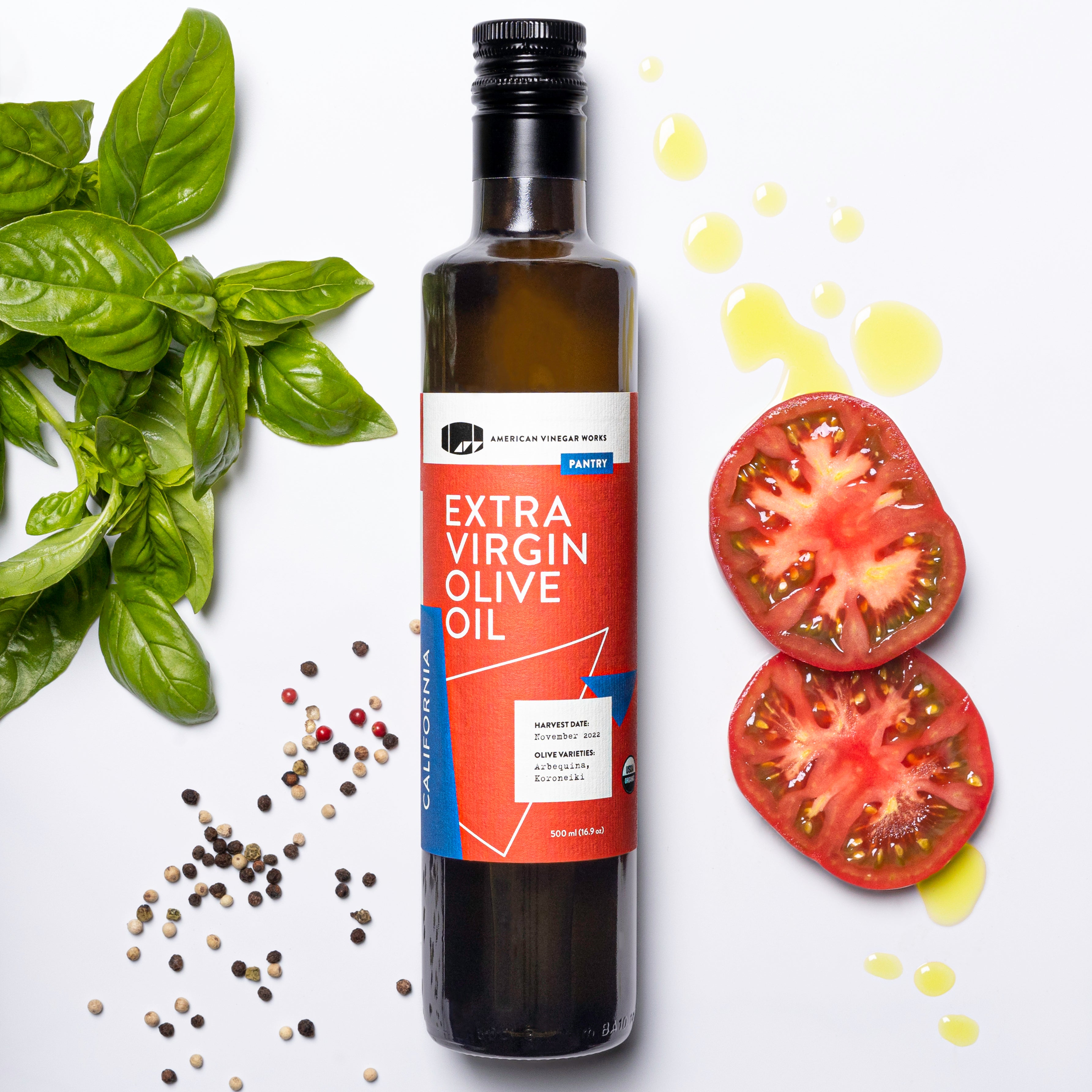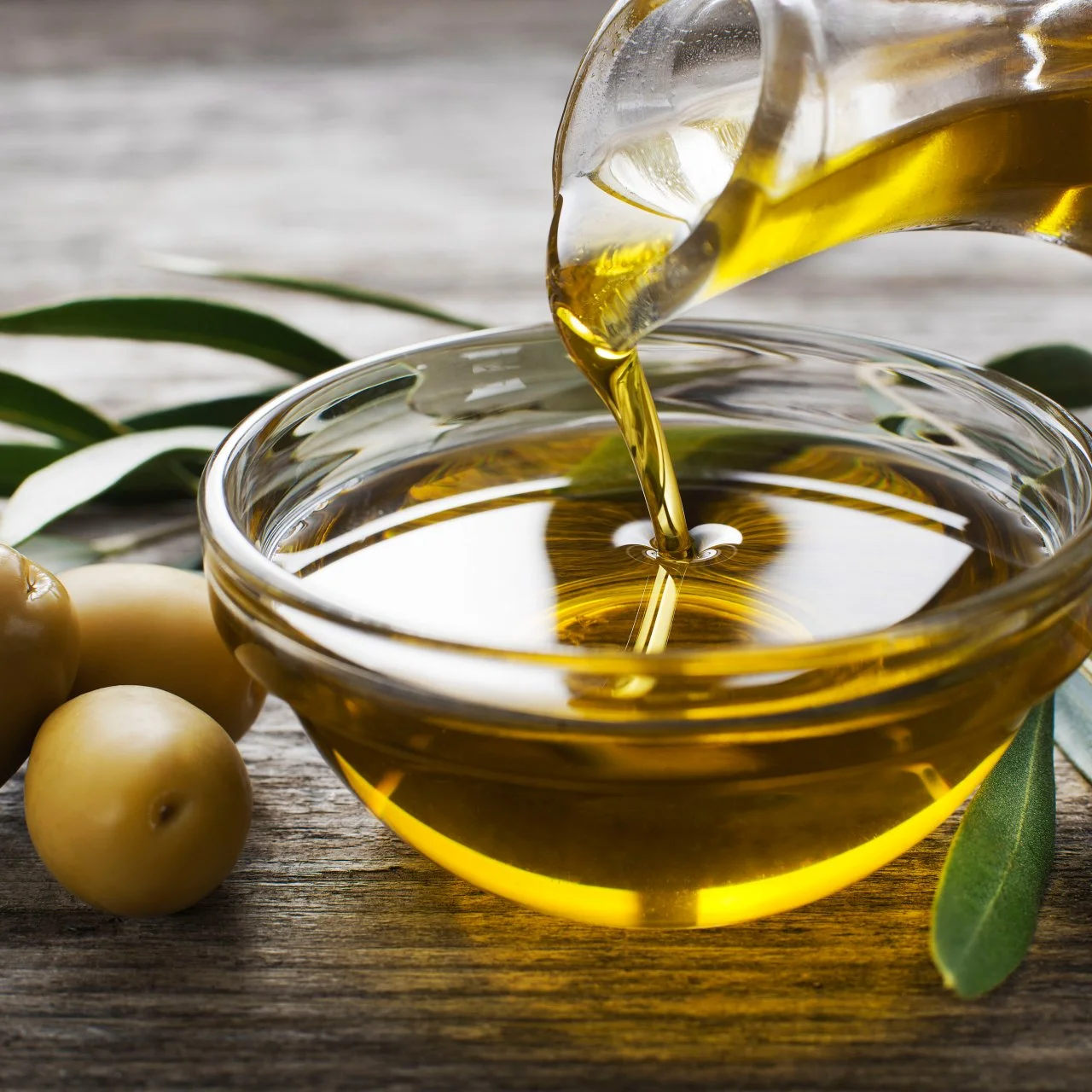The Essential Overview to Recognizing Additional Virgin Olive Oil and Its Culinary Benefits
Bonus virgin olive oil stands as a cornerstone of cooking excellence, distinguished not only by its remarkable top quality however additionally by its myriad wellness benefits. This oil, extracted from the initial pushing of olives, supplies low level of acidity and a complex flavor account that boosts a varied array of meals. Comprehending the nuances of its manufacturing and health and wellness properties is necessary for both health-conscious customers and culinary enthusiasts alike. Many remain not aware of how to effectively integrate this ingredient right into their day-to-day food preparation methods, prompting a more detailed exam of its true possibility.
What Is Extra Virgin Olive Oil?
Additional virgin olive oil (EVOO) is a premium oil stemmed from the first pushing of olives, defined by its reduced acidity and abundant taste account. This oil is taken into consideration the finest quality of olive oil, conference rigorous requirements for high quality and preference. To qualify as additional virgin, the oil should be extracted with mechanical methods without the use of warmth or chemicals, maintaining the all-natural characteristics of the olives.
EVOO is commemorated for its complex fragrance, varying from fruity to sharp, and its unique preference that can vary based on the olive variety and region of production. The health benefits of additional virgin olive oil are well-documented; it is abundant in monounsaturated fats, anti-oxidants, and anti-inflammatory compounds, adding positively to heart wellness and overall well-being.
In culinary applications, EVOO is flexible, suitable for sprinkling over salads, enhancing the taste of cooked recipes, and acting as a base for sauces. Its distinct flavor profile not only elevates meals however additionally plays an important function in Mediterranean food, where it is a staple component. Understanding EVOO's qualities can improve culinary experiences and promote healthier consuming practices.
How Additional Virgin Olive Oil Is Made

This action is critical for releasing the oil from the cells of the fruit. Following this, the paste is subjected to malaxation, where it is carefully blended to promote the splitting up of oil from water and solids.
The next phase involves centrifugation, which utilizes fast rotating to divide the oil from the staying pulp and water. The resulting oil is after that filteringed system to boost quality and security. Finally, extra virgin olive oil is stored in dark glass or stainless steel containers to safeguard it from light and oxidation, ensuring its outstanding taste and top quality are maintained till it gets to customers.
Health Advantages of Extra Virgin Olive Oil
What makes extra virgin olive oil a staple in healthy and balanced diet regimens all over the world? Its abundant structure of monounsaturated fats, mainly oleic acid, contributes significantly to cardio wellness. Research studies have shown that these healthy and balanced fats can lower inflammation, lower negative cholesterol degrees (LDL), and boost good cholesterol (HDL), therefore promoting heart health.
Moreover, added virgin olive oil is a potent source of anti-oxidants, including polyphenols and vitamin E (extra virgin olive oil benefits). These compounds aid battle oxidative tension and lower the risk of persistent diseases such as cancer and diabetes mellitus. The anti-inflammatory homes of additional virgin olive oil better improve its health advantages, making it a useful addition to an anti-inflammatory diet regimen
Research study has likewise indicated that routine consumption of added virgin olive oil may sustain cognitive function and lower the threat of neurodegenerative illness, such as Alzheimer's. Additionally, its prospective role in weight administration, when used in moderation, emphasizes its flexibility as a healthy fat source.
Culinary Utilizes and Applications
A cornerstone of Mediterranean cuisine, added virgin olive oil serves a wide variety of cooking applications that enhance taste and boost dishes. Its abundant, nuanced taste account makes it a perfect option for showering over salads, grilled try here vegetables, or baked website here meats, conveying depth and richness.

Additionally, it operates as a crucial component in dressings, offering a base for vinaigrettes and creamy sauces, while boosting the general taste experience. Additional virgin olive oil can also be used as a completing oil, added simply prior to offering to highlight the dish's scent and flavor profile.

Tips for Finding Quality Olive Oil
Selecting quality olive oil can significantly enhance both taste and wellness advantages in your culinary endeavors. To ensure you pick the most effective item, think about the complying with suggestions.
First, seek the classification "added virgin" on the label. This classification indicates that the oil is made from the first cool pressing of olives, maintaining the highest degree of taste and nutrients. In addition, check for a harvest date; fresher oils are generally much better in both taste and health residential properties.
Following, take into consideration the source. Oils from regions understood for high-quality manufacturing, such as Italy, Spain, and Greece, commonly yield premium items. Seek single-origin oils, as they generally offer a more authentic taste profile contrasted to blends.
Examine the packaging, too. Quality olive oil should be stored in dark glass bottles or tins to shield it from light and oxidation. extra virgin olive oil benefits. Avoid clear plastic bottles, as they expose the oil to light, which can deteriorate its quality
Final Thought
To conclude, added virgin olive oil stands as a premium oil, celebrated for its outstanding flavor and many health and wellness advantages. Its manufacturing procedure, which includes cold pushing, makes certain the retention of necessary nutrients and antioxidants. The diverse cooking applications improve various recipes, making it a flexible active ingredient. Selecting high-grade extra virgin olive oil is important for enhancing both taste and wellness properties, strengthening its status as a staple in healthy and balanced food preparation and dietary practices.
Additional virgin olive oil (EVOO) is a top quality oil obtained from the initial pushing of olives, defined by its reduced level of acidity and rich taste profile.The production of additional virgin olive oil begins with the careful harvesting of olives, which are usually handpicked to prevent damage to the fruit. Additional virgin olive oil is kept in dark glass or stainless steel containers to safeguard it from light and oxidation, ensuring its phenomenal taste and top quality are preserved up until it reaches customers.
In final thought, added virgin olive oil stands as a costs oil, celebrated for its exceptional taste special info and various wellness advantages. extra virgin olive oil benefits. Picking high-quality additional virgin olive oil is vital for enhancing both taste and wellness buildings, reinforcing its standing as a staple in healthy and balanced cooking and dietary practices